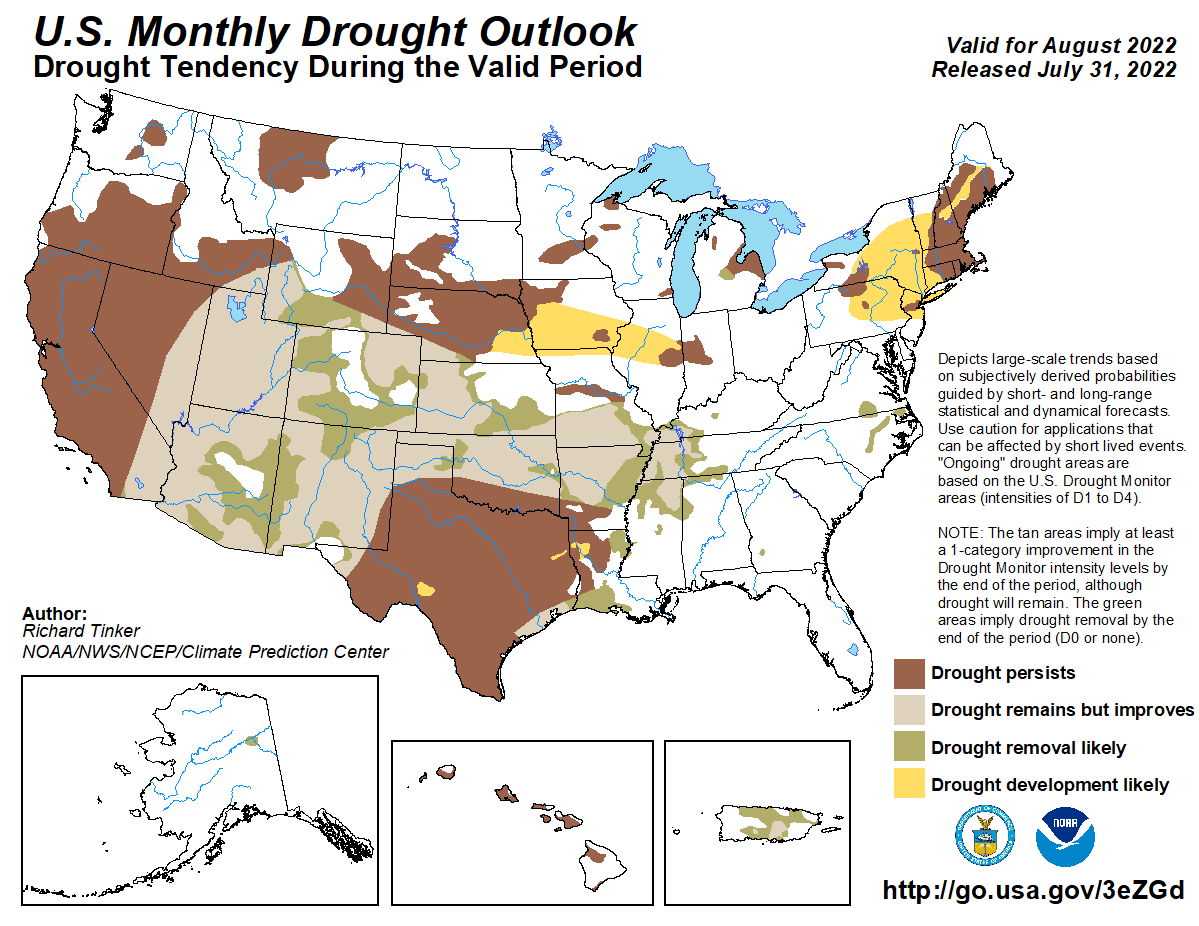Ah, summertime in Colorado. The day starts sunny and mild in the 60s. Temperatures quickly climb into the 80s and 90s under the intense summer sun. Then, almost like clockwork, afternoon thunderstorms build over the mountains and move to the I-25 corridor and the plains, forcing kids out of the pool and putting a pause on grill time.
Summer rainfall is vital to Colorado's water year, with the majority of annual precipitation falling in this season. Summer rain has a direct impact on agriculture, wildfire management, and wildlife.

What is the North American Monsoon?
Precipitation in Colorado from June through August is heavily influenced by the North American Monsoon. By definition, the monsoon is a seasonal wind change. A common misconception is that monsoon means a heavy downpour, which is fair logic but missing a few steps.
For the majority of the year, the weather pattern in the U.S. is influenced by the jet stream, giving us our prevailing westerly wind. But, during the summer, the subtropical high migrates north as the continent warms, allowing for a wind change.

The monsoon region, west Texas, New Mexico, Colorado, Utah, Arizona, and southern Nevada will see more of a southerly wind during a monsoon pattern. This wind change allows typically dry regions of the country to tap into moisture sources that are otherwise cut off during the rest of the year. Moisture sources like Baja California, western Mexico, and even the Gulf of Mexico.

In Colorado, the south and eastern portions of the state see the most direct monsoon influence.

The monsoon rainfall is evident in July and August average precipitation maps.

So far, 2022 has fared well with a solid monsoon season. Current drought outlooks for August suggest continued improvement in drought conditions across the southwestern U.S. as the monsoon pattern continues.

_____
Watch KOAA News5 on your time, anytime with our free streaming app available for your Roku, FireTV, AppleTV and Android TV. Just search KOAA News5, download and start watching.




